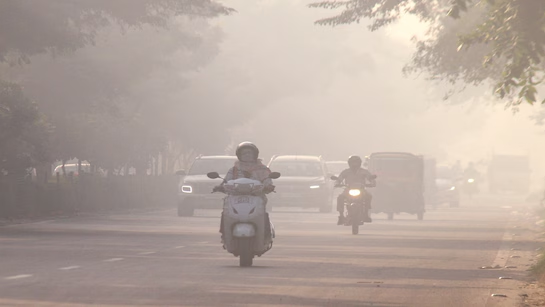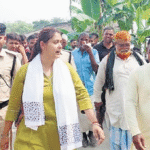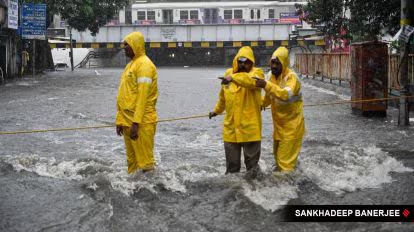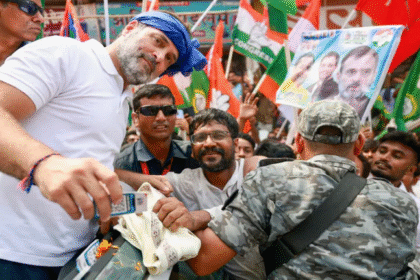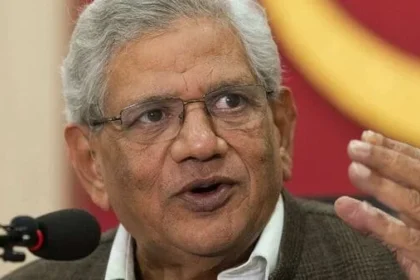Cloud Seeding Trials Begin In 7 Key Zones, Artificial Rain Expected Within 48 Hours To Fight Pollution Crisis
Delhi launches 2025 cloud seeding trials across 7 major zones to trigger artificial rain within 48 hours, aiming to combat rising pollution and improve air quality
A cloud-seeding trial – to stimulate rainfall – has been completed over parts of Delhi, and the plane that conducted the exercise has returned to its base in Uttar Pradesh’s Kanpur, sources told NDTV Tuesday afternoon. The city, choking under a predictable annual blanket of toxic smog, now awaits that rainfall.
However, sources said rain is not expected before 5 pm as the moisture content in clouds above the city, at this time, is less than 20 per cent. At such low levels, the chances of rain are usually low.
But, if the weather permits (and the first cloud-seeding fails) a second flight may depart Kanpur.
The Delhi government signed a Memorandum of Understanding with the Indian Institute of Technolog in September to carry out five cloud-seeding trials, all of which are planned over northwest Delhi, at a cost of Rs 3.21 crore. The five can take place any time between October 1 and November 30.
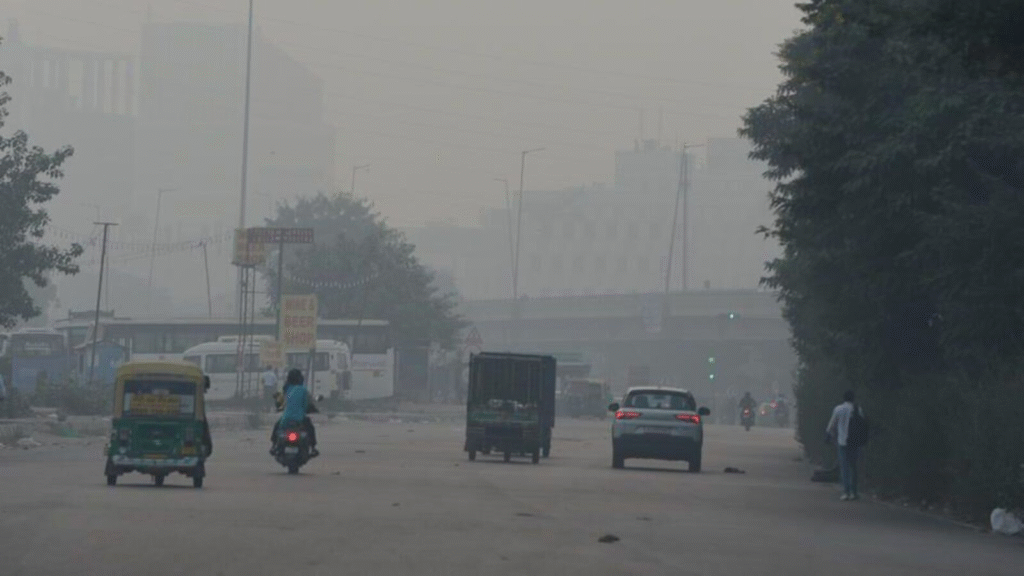
Cloud seeding is the adding of chemicals like silver iodide nanoparticles, iodised salt, and dry ice to the atmosphere to ‘trick’ the environment into raining, and is used in areas experiencing water scarcity or to reduce hail and clear fog. It can be done using airplanes, rockets, or machines on the ground.
The city experiences high levels of pollution throughout the year, and that problem is exarcebated in the winter months, when weather conditions conspire with noxious smoke released from farm fires in neighbouring states. Toxic smoke from the bursting of firecrackers from Diwali adds to the deadly mix.
This season the Supreme Court relaxed its normally strict rule on the latter and allowed ‘controlled’ bursting of ‘green’ firecrackers. However, rules about timings were openly flouted and, judging by the deathly gray haze that covered the city on the morning after Diwali, so was the ‘green’ crackers rule.
In fact, despite a 77.5 per cent drop in farm fires – a key reason for air pollution – the AQI in the city plummeted to a five-year post-Diwali low. Average PM2.5 levels reached shocking averages of 488 micrograms per cubic metre – nearly 100 times the exposure limit advised by the World Health Organization – and, perhaps worse, a catastrophic 212 per cent increase from pre-Diwali levels.
As of 8 am, the AQI in several parts of the city was over the 300-mark; in south Delhi areas like Siri Fort it was 350. It was over 300 in other areas too, RK Puram (320), Bawana (336), Burari Crossing (326), Dwarka Sector 8 (316), Mundka (324), Narela (303), and Punjabi Bagh (323).
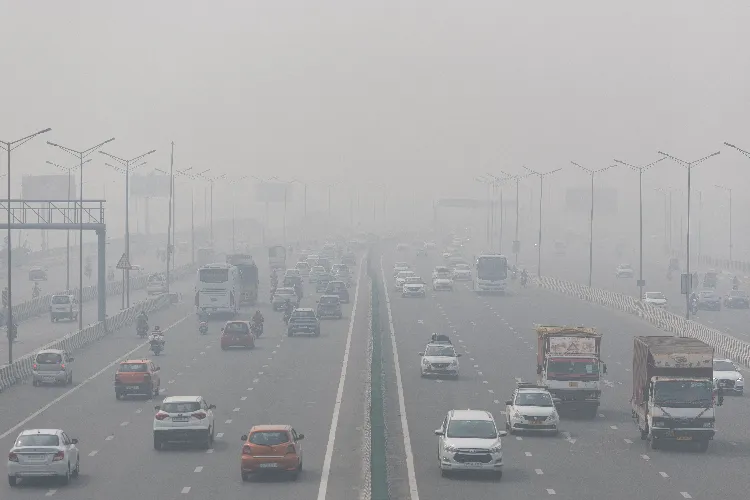
The polluted air is reducing citizens’ life expectancy by an average of 11.9 years compared to the World Health Organisation guidelines, a report by the Energy Policy Institute at the University of Chicago said.
In a bold move to tackle Delhi’s worsening air pollution crisis, the government has begun cloud seeding trials across seven key areas of the capital, marking a major step toward inducing artificial rainfall in the coming days. Officials from the Indian Institute of Technology (IIT) Kanpur, in collaboration with the Delhi government and the India Meteorological Department (IMD), confirmed that the operation could bring rain within 48 hours, depending on cloud conditions.
Cloud seeding is a weather modification technique that involves dispersing substances like silver iodide, sodium chloride, or potassium chloride into clouds to stimulate precipitation. When these particles are sprayed into moisture-laden clouds, they act as nuclei around which water droplets form, eventually falling as rain.
The process is carried out using aircraft or drones equipped with seeding technology, and the success largely depends on the presence of suitable cloud formations. According to meteorologists, favorable cloud patterns are expected over Delhi NCR this week, raising hopes that the artificial rain project could show visible results soon.
With the Air Quality Index (AQI) in several parts of Delhi crossing the ‘Severe’ level of 450, authorities have intensified efforts to find immediate relief. The Delhi Pollution Control Committee (DPCC), along with IIT Kanpur scientists, initiated the cloud seeding trial as part of an emergency strategy under the Graded Response Action Plan (GRAP-IV).
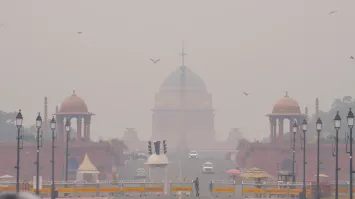
Artificial rain, if successful, could help settle airborne pollutants, reduce smog density, and temporarily improve breathing conditions for millions of residents. Delhi Environment Minister Gopal Rai stated that “this is not a permanent fix but a much-needed temporary relief to help the city breathe again.”
This is not the first time Delhi has explored cloud seeding as a pollution-control method. In 2018, similar discussions were held but could not proceed due to lack of ideal weather conditions. Countries like China, the United Arab Emirates, and Israel have already implemented cloud seeding successfully for both rain enhancement and pollution mitigation.
Experts say that while the effectiveness of cloud seeding is variable and dependent on natural conditions, it remains a promising supplementary tool in extreme environmental situations. “We cannot control the weather, but we can influence it to an extent,” said an IIT Kanpur scientist involved in the project.
While the Delhi government remains optimistic, meteorologists caution that artificial rain is not guaranteed. “The presence of the right kind of clouds is crucial,” said an IMD official. “If conditions align, the operation could yield results within 24 to 48 hours.”
Environmentalists, however, emphasize the importance of addressing the root causes of pollution—including vehicular emissions, stubble burning, and industrial waste—alongside such short-term interventions.
If the Delhi 2025 cloud seeding trials prove successful, authorities may consider expanding the program to neighboring NCR cities such as Noida, Gurugram, and Ghaziabad. The pilot project’s data will be analyzed to assess cost efficiency, environmental impact, and effectiveness before a full-scale rollout.
As Delhi braces for another smog-laden winter, the artificial rain experiment stands as a symbol of scientific innovation and urgent action in the face of environmental crisis. Whether the skies will open up over the capital this week remains to be seen—but for millions of Delhiites, even a few drops of artificial rain could bring real hope.
Read Also : 5 Shocking Revelations in Delhi Acid Attack: Police Expose Truth Behind DU Student Case


